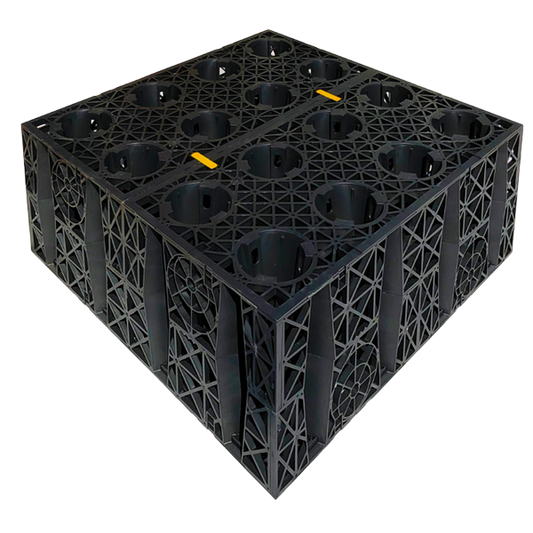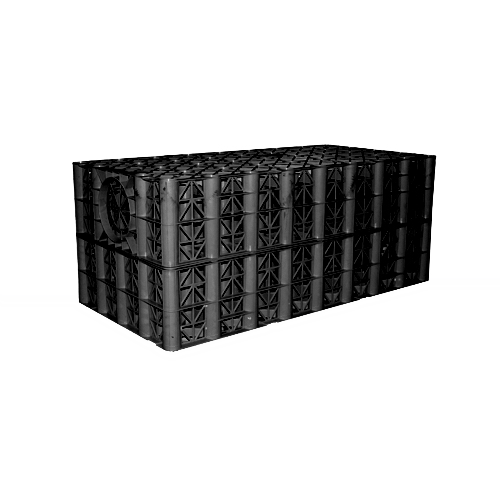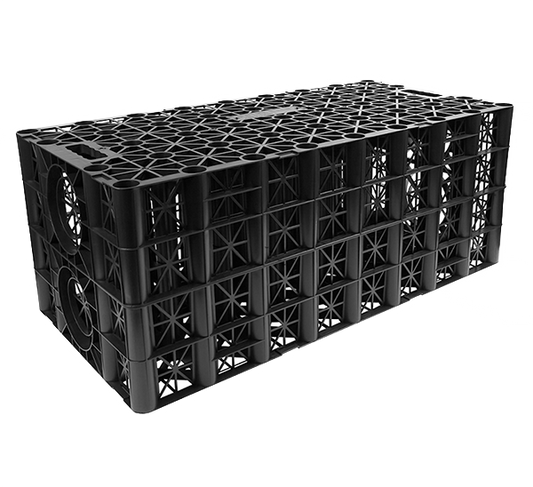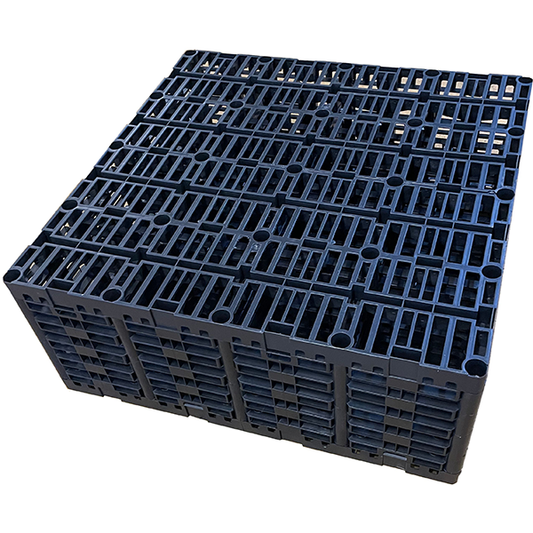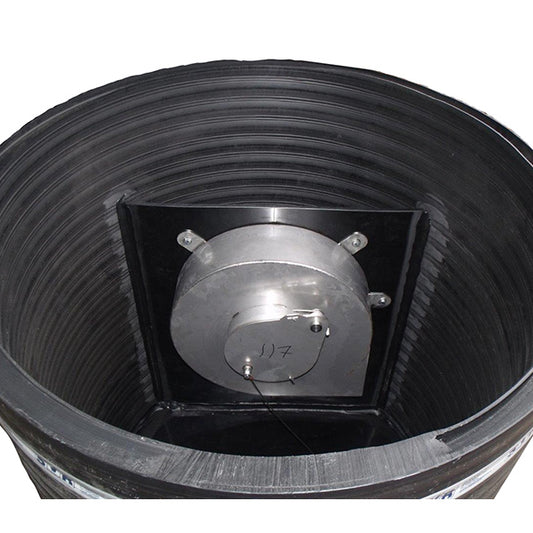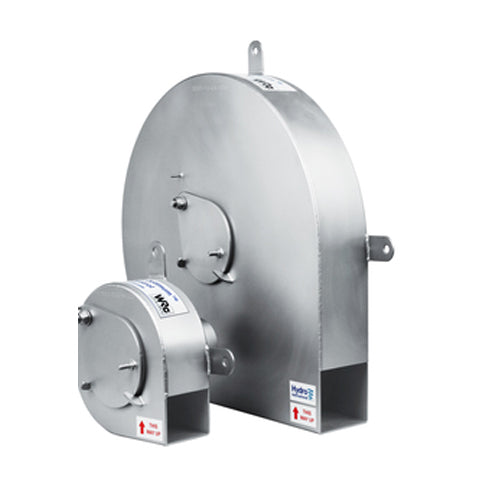Flood control refers to all the different methods that are used to reduce or prevent the detrimental effects of flood water.
Contents
What causes flooding?
Floods are caused by several factors including heavy rainfall, severe winds over water, unusual high tides, tsunamis or other structures that contain water.
The most common cause being heavy precipitation. When there is heavy snow or rainfall, some of the water is retained in ponds or soil, some is absorbed by grass or vegetation, whilst some evaporates, but the rest travels over the land as surface runoff. Flooding occurs when lakes, ponds, riverbeds, soil and vegetation cannot absorb anymore water. Water then runs off the land if it can’t be carried by a stream or retained in a pond, river or lake.
Even when rainfall is relatively light the shoreline of lakes and bays can still be flooded due to high winds blowing the water into the shore.
Coastal areas are also easily flooded by unusually high tides when compounded by high winds and storm surges.
What are the effects of flooding?
Flooding can have various impacts on humans, properties and the environment.
It can cause death or injury and people can get trapped in their houses due to quick rising water. As flood waters rise they can flow into low-lying properties. The water will be carrying a huge amount of pollution and silt which will destroy floors, walls and electrical gear.
Floods can cause environmental pollution as chemicals and sewage are washed into the water which spreads quickly over an area causing public health issues and killing fish.
What flood management strategies will help control flooding?
Attenuation tanks
A storm attenuation tanks is designed to collect the excess rainwater and hold it back temporarily. The system has a flow-control chamber that controls the amount of water being pumped into the drainage system. During periods of heavy rainfall, the water that would typically backup is fed into the crate system and held in the stormwater attenuation tank until it is ready to rejoin the main system. It is then returned to the watercourse, at a regular rate, to prevent flooding downstream.
Rooftop gardens
The modern urban environment has thrown up a set of new challenges as the more we develop the landscape, the more rainwater stays on the surface rather than sinking into the soil. As a result, rainwater flows onto roads and into drains quicker. Rooftop gardens can help slow things down and spread the impact of heavy rain out over a longer period. The idea is to replace some of the trees, grass, hollows and wetlands that have been lost to concrete, and so mimic a more natural flow of water.
Soakaway Crates
Soakaways, also known as Sustainable Drainage Systems (SuDS), are specifically designed to cope with large amounts of surface and roof rainwater, without them homes and neighbourhoods could be at risk of flash floods when there is heavy rainfall. They create an area where rainwater can be stored until it seeps in the ground. It effectively reduces infiltration time, helping prevent the risk of flooding.
How can we help?
Here at Cotterill Civils, we supply a range of stormwater attenuation solutions, including storm crates, storm attenuation tanks, storm attenuation lagoons, silt filters and flow controls. If required, we can also install your system for you too – providing you with the peace of mind that it’s installed correctly – and will be more than happy to offer a bespoke solution to suit your requirements.
If you would like to know more about our stormwater attenuation solutions and how they work, please feel free to call us for expert advice on 0121 351 3230.
Alternatively, fill out our enquiry form:






